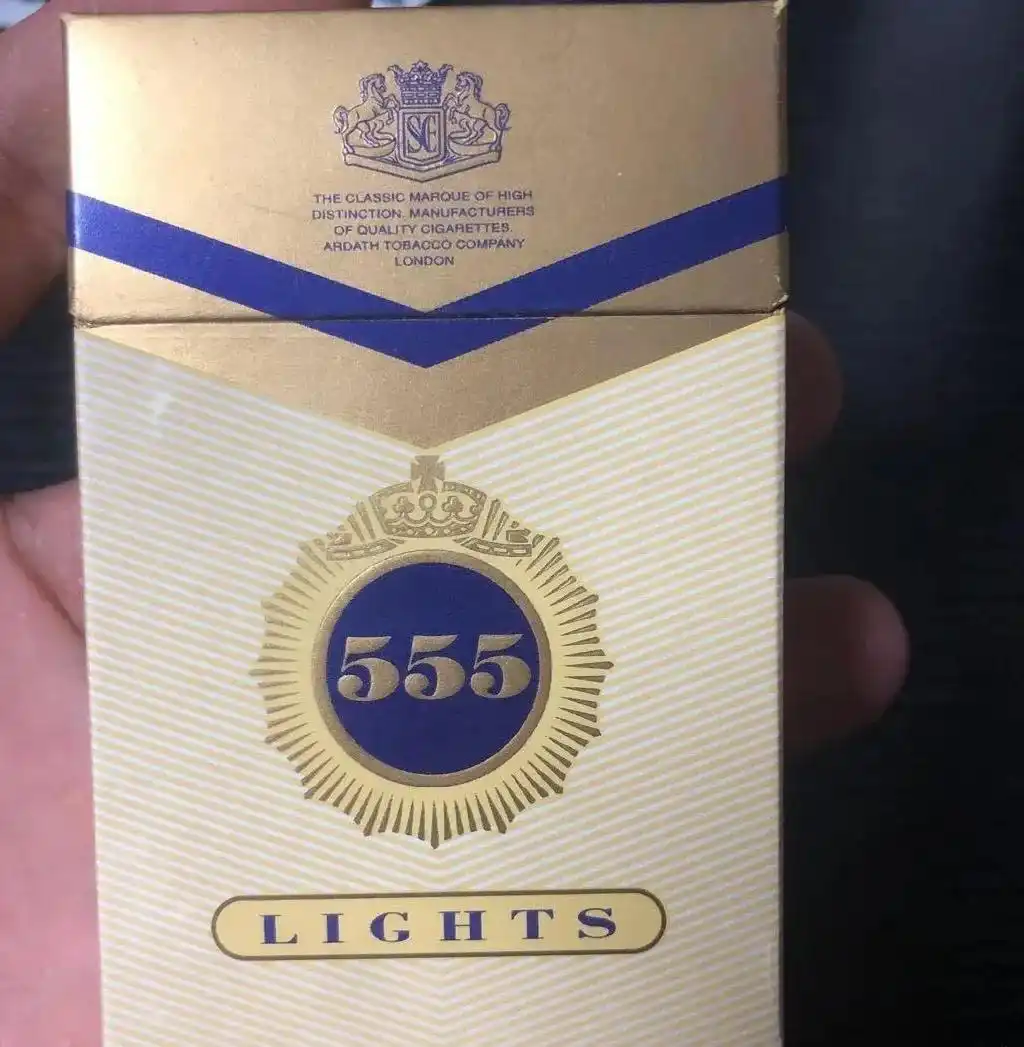Your Ultimate Guide to Picking the Perfect Vape Coil Material
Stepping into the world of vaping can feel like learning a new language, especially when you start hearing terms like "Clapton coil," "mesh strip," or "ceramic wick." At the heart of your vaping experience lies a small but mighty component: the coil. It's the engine of your device, responsible for heating your e-liquid and transforming it into the flavorful vapor you enjoy. But with so many different vape coil materials available, how do you choose the right one?
This guide is designed to demystify the process. We'll walk through the most common coil materials, breaking down their pros, cons, and the specific vaping experiences they create. By the end, you'll feel confident in selecting the perfect coil to match your style, whether you're chasing intense flavor, massive clouds, or just a smooth and satisfying throat hit.
Understanding the Basics: What Does a Vape Coil Do?
Before we dive into materials, let's cover the fundamentals. A vape coil is a resistive wire (or mesh) that heats up when electricity from your battery passes through it. This coil is surrounded by a wicking material, usually cotton, which soaks up the e-liquid from your tank. As the coil gets hot, it vaporizes the e-liquid soaked in the wick, creating the inhalable aerosol.
The material of the coil itself plays a huge role in this process. It affects:
- How quickly it heats up (ramp-up time).
- The overall flavor clarity.
- The density and temperature of the vapor.
- The coil's lifespan and durability.
Now, let's meet the contenders.
1. Kanthal (FeCrAl): The Reliable All-Rounder
Kanthal is often the default coil material found in many pre-made coils and starter kits. It's an iron-chromium-aluminum alloy known for its reliability and ease of use.
Why Choose Kanthal?
- Perfect for Beginners: Kanthal is the most forgiving coil material. It's stable and can be used in the standard Wattage (Power) mode on any regulated mod. You don't need to worry about complex temperature control settings.
- Great Flavor Production: It offers clean, crisp flavor, especially when you're new to vaping. It doesn't impart any metallic taste to your e-liquid.
- Durable and Long-Lasting: Kanthal coils have a good lifespan and can withstand dry burns (glowing the coil to clean off gunk) when you're building your own.
- Versatile for Coil Building: Its resistance is stable and predictable, making it a favorite for coil builders creating complex wire structures like Claptons and twisted coils.
The Downsides:
- No Temperature Control: This is its main limitation. Kanthal cannot be used in Temperature Control (TC) mode, a feature on many advanced mods that prevents dry hits by capping the temperature.
Best For: New vapers, those who prefer simple wattage-mode vaping, and anyone looking for a consistent, hassle-free experience. If your primary concern is how to choose a vape coil for beginners, Kanthal is your safest bet.
2. Stainless Steel (SS316L): The Versatile Performer
Stainless Steel, particularly the grade SS316L, has become incredibly popular for its remarkable flexibility. It's the jack-of-all-trades in the coil world.
Why Choose Stainless Steel?
- Dual-Mode Functionality: This is its biggest advantage. SS316L can be used in both Wattage mode and Temperature Control mode. This gives you the power to fine-tune your vape, preventing dry hits and ensuring a consistent temperature from the first puff to the last.
- Fast Ramp-Up Time: It heats up more quickly than Kanthal, providing almost instant vapor production.
- Clean and Pure Flavor: Many enthusiasts swear that stainless steel offers the purest flavor profile, allowing the subtle notes of your e-liquid to shine through without any interference.
- Great for Mesh Coils: SS316L is a very common material for mesh coils, which provide unparalleled surface area and flavor.
The Downsides:
- Lower Resistance: It has a lower resistance than Kanthal, which might require you to adjust your wattage preferences.
- Less Durable for Dry Burning: While you can dry burn SS coils, you must do so at a very low wattage and without glowing them bright red, as excessive heat can release harmful chromium compounds.
Best For: Intermediate to advanced vapers who want maximum flexibility. If you're wondering about the best coil material for temperature control vaping or want a single coil type that can do it all, stainless steel is an excellent choice.
3. Nichrome (Ni80): The Cloud Chaser's Friend
Nichrome is a nickel-chromium alloy that sits somewhere between Kanthal and Stainless Steel in its properties. It's a favorite among cloud chasers and those who like a very responsive vape.
Why Choose Nichrome?
- Very Fast Ramp-Up Time: Ni80 heats up significantly faster than Kanthal, giving you immediate vapor production.
- Lower Resistance than Kanthal: This allows you to build coils that produce more vapor at a given wattage.
- Excellent for Cloud Production: Its quick heating and lower resistance make it ideal for generating large, dense clouds.
- Good Flavor: It provides flavor that is often described as slightly "brighter" or more intense than Kanthal.
The Downsides:
- Nickel Allergy Concerns: Some people have a sensitivity or allergy to nickel, so Ni80 might not be suitable for them.
- No Temperature Control: Like Kanthal, it is not suitable for TC mode on standard mods.
Best For: Vapers who prioritize fast ramp-up time and big cloud production in wattage mode. It's a great vape coil for high wattage and dense vapor.

4. Nickel (Ni200) & Titanium (Ti): The Niche TC Specialists
These two materials were among the first to be used for Temperature Control vaping. They are highly specialized and require careful handling.
Why Choose Nickel or Titanium?
- Precise Temperature Control: Their resistance changes predictably with temperature, allowing mods to accurately control the heat. This provides a perfectly consistent vape and eliminates any chance of a dry hit.
The Major Downsides and Warnings:
- STRICTLY Temperature Control Only: You must only use Nickel (Ni200) and Titanium coils in their respective TC modes. Using them in wattage mode can cause them to overheat, potentially releasing toxic fumes.
- Soft and Malleable: They are very soft metals, making them difficult to build with compared to Kanthal or SS.
- Health Concerns: Due to the potential risks if misused, their popularity has waned significantly in favor of the much safer SS316L for TC vaping.
Best For: A very small subset of experienced vapers who are dedicated to a specific type of Temperature Control vaping. For most, stainless steel temperature control coils are a safer and more versatile alternative.
The Rise of Mesh Coils: It's All About Surface Area
While not a material itself, mesh is a construction style that has revolutionized pre-made coils. Instead of a traditional wire coil, a fine mesh sheet is used as the heating element. This mesh can be made from Kanthal, Nichrome, or, most commonly, Stainless Steel.
Why Choose a Mesh Coil?
- Superior Flavor: The large surface area of the mesh means more e-liquid is vaporized at once, resulting in an incredible burst of flavor. This is often considered the best coil type for flavor production in sub-ohm tanks.
- Smoother Vapor: They provide a consistently smooth vape with less spitting.
- Efficient Heating: They heat evenly across the surface, which can potentially extend coil life by reducing the formation of hot spots.
The Downsides:
- Higher Wattage Requirements: Mesh coils generally require more power, which can drain your battery faster.
- Less Common in Rebuildables: While becoming more available, mesh rebuildable decks are less common than traditional ones.
Best For: Almost any vaper using a sub-ohm tank who wants the absolute best flavor and a smooth, saturated vape.
Putting It All Together: Your Personal Vape Coil Selection Guide
So, which material is the winner? The truth is, it completely depends on you. Let's solve your problem by matching your vaping profile to the ideal coil material.
-
For the Beginner: Start with Kanthal. It's simple, reliable, and will help you learn the ropes without any complications. Look for coils that match the recommended wattage range printed on the side.
-
For the Flavor Enthusiast: Your top choices are Stainless Steel and Mesh Coils (often made from SS). The purity of SS and the immense surface area of mesh are unparalleled for delivering rich, nuanced flavor. Experiment with both in your tank to see which you prefer.
-
For the Cloud Chaser: Look to Nichrome (Ni80) or Stainless Steel for their fast ramp-up times. Pair them with a mesh coil or a complex wire build for maximum vapor production.
-
For the Tech-Savvy Vaper Who Wants Control: Stainless Steel (SS316L) is your go-to. Its ability to perform brilliantly in both wattage and temperature control modes gives you the ultimate flexibility to customize your vape exactly how you like it.
-
For the MTL (Mouth-to-Lung) Vaper: If you vape like you smoked a cigarette, with a tight draw, you'll typically be using higher-resistance coils. Kanthal is the most common and reliable material for these types of coils, providing a satisfying throat hit and efficient performance at lower wattages.
Final Pro-Tips for Coil Success
No matter which material you choose, remember these universal tips to get the most out of your coils:
- Prime Your Coils: Always saturate the cotton of a new coil with e-liquid and let it sit in a full tank for 5-10 minutes before firing. This prevents instant burning.
- Start Low and Break In: When using a new coil, start at the low end of its recommended wattage range and take a few gentle puffs. Gradually increase the wattage to your desired level. This "breaks in" the coil gently.
- Use the Right E-Liquid: Sweet, dark e-liquids with a lot of sweetener will gunk up your coils faster, regardless of the material. If you want your coils to last longer, consider using clearer liquids.
- Understand Coil Lifespan: A coil's life isn't just about the material. It's heavily influenced by your vaping habits, the sweetness of your juice, and your wattage. You'll know it's time to change your coil when flavor tastes burnt or muted, or vapor production drops significantly.
Choosing your vape coil material is a personal journey that directly shapes your satisfaction. Don't be afraid to experiment. Try a pack of Kanthal coils, then a pack of SS mesh coils, and see which one makes your favorite e-liquid sing. Happy vaping










